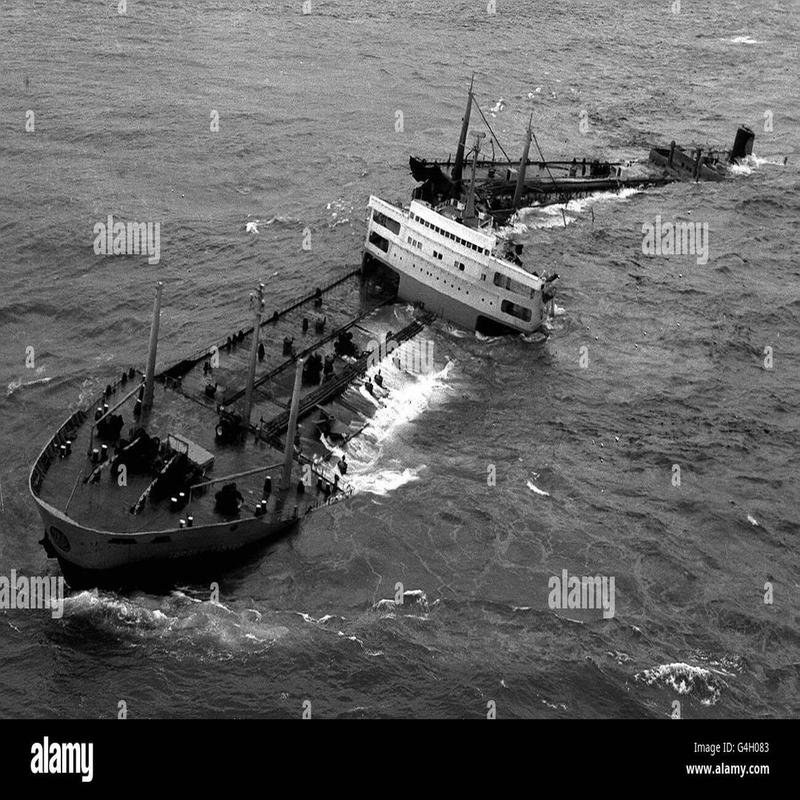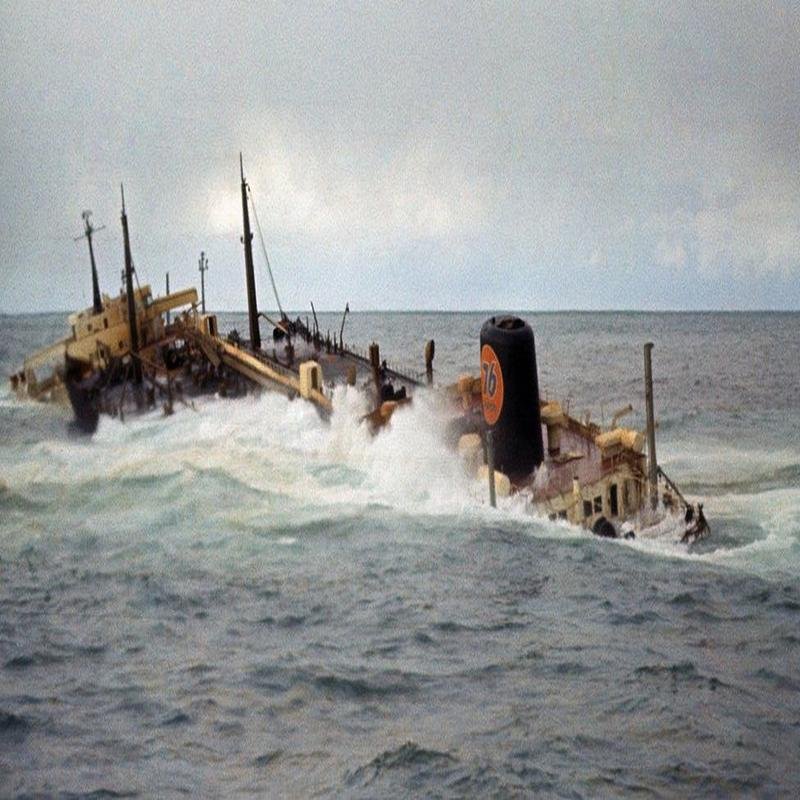The Torrey Canyon Disaster: Unveiling Hidden Truths

Torrey Canyon Disaster: Environmental Impact & Response
The 1967 grounding of the Torrey Canyon off the coast of Cornwall, United Kingdom, marked a watershed moment in environmental disaster response. The incident starkly revealed the catastrophic consequences of large-scale oil spills, catalyzing significant advancements in maritime regulations and environmental protection. The disaster exposed critical deficiencies in existing protocols and highlighted the imperative for international collaboration in crisis response.
The Disaster
On March 18, 1967, the Liberian-flagged supertanker Torrey Canyon struck Pollard’s Rock in the Seven Stones reef, releasing approximately 120,000 tons of crude oil. Initial attempts to refloat the vessel failed, resulting in further leakage.
Environmental Impact
The oil spill had a devastating impact on the marine environment. Thousands of seabirds perished, and coastal ecosystems suffered severe damage. The long-term effects on marine life and the environment were profound.
Response and Aftermath
The initial response to the spill was widely criticized as inadequate. However, the disaster spurred significant advancements in oil spill cleanup technologies and international cooperation in responding to such events. New regulations and protocols were implemented to prevent future incidents and improve response capabilities.
Legacy
The Torrey Canyon disaster serves as a stark reminder of the potential environmental consequences of maritime accidents and the importance of robust preventative measures and effective emergency response plans. It significantly influenced the development of international maritime law and environmental protection policies.









